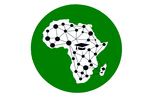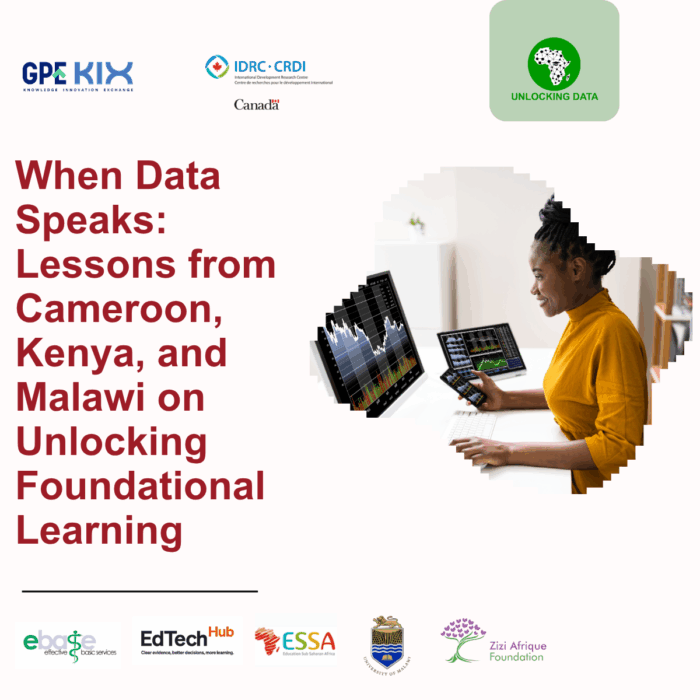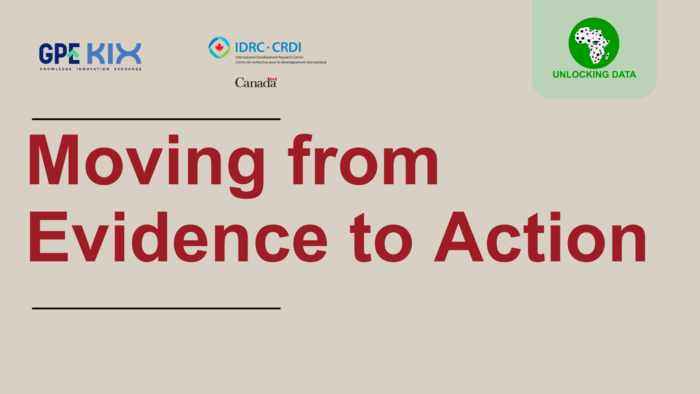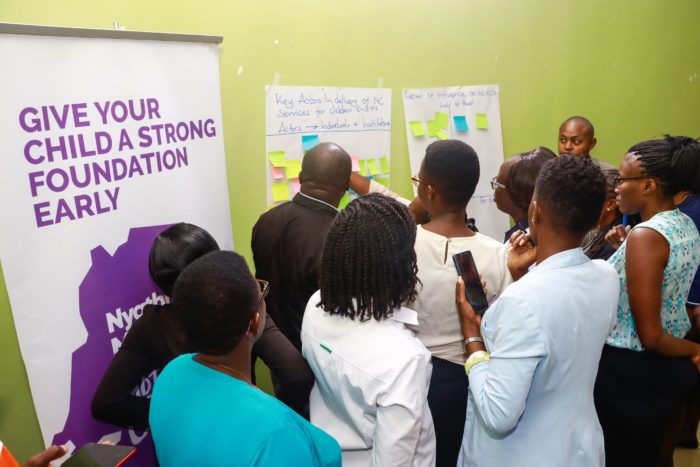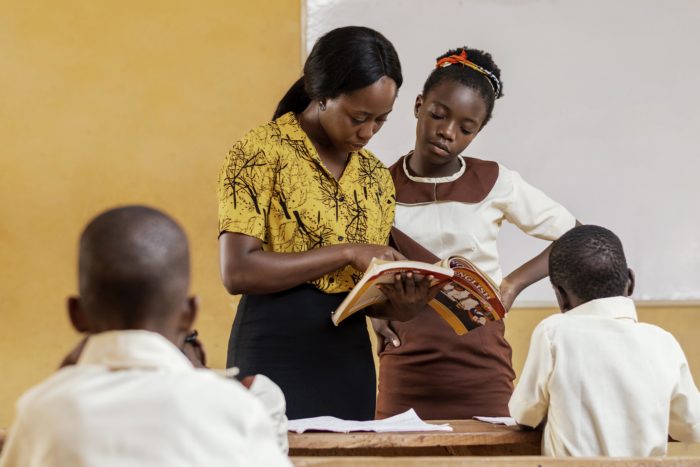By Nain Mirabel Yuh and Rigobert Pambe
“Until the lion learns how to write, every story will glorify the hunter.” — African Proverb.
In Africa’s evolving education landscape, the power to tell our own story, through data, is becoming a defining force. Yet, while vast amounts of evidence are generated daily, too often it remains trapped in PDF reports or scattered across systems. This disconnect has real-world consequences because when data is not accessible or actionable, children’s learning suffers. Foundational learning outcomes have persistently remained low, not because there is no data, but because the information is not reaching those who can drive meaningful change. How do we bridge the divide between data and real-world impact? How can African stakeholders collaborate to turn insights into action?
These were the central questions of the Unlocking Data webinar, held on 12 February 2025, under the theme “Evidence to Action: Leveraging Ecosystem Players and Platforms to Scale Evidence Use.” Bringing together education researchers, policymakers, and data strategists from Cameroon, Kenya, and Malawi, the event highlighted the promise and the persistent challenges of building inclusive, trusted, and responsive data ecosystems for foundational learning.
The Current Landscape: Data exists, but is it used?
Across the three countries, the panellists agreed: foundational learning data exists but remains underutilised, siloed, or inaccessible to those who need it most, hindering evidence-based decision-making.
In Kenya, Charles Gachoki (Zizi Afrique, Kenya) described a fragmented system where international actors easily access education data, while local researchers and NGOs face red tape. “It’s who asks that determines access,” he observed. This disparity means that research driven by local context and needs is often constrained.
Esme Kadzamira (Centre for Educational Research and Training, Malawi) added that in her country, foundational learning data is split across ministries, hindering collaboration. Even promising tools like unique learner identities are underused due to a lack of analytical capacity among ministry staff and local educators.
Rigobert Pambe (eBASE Africa, Cameroon) spoke of mistrust: government stakeholders question external data, while researchers doubt the reliability of official statistics. The result? Fragmented systems and missed opportunities for unified action based on a shared understanding of the challenges.
Barriers to evidence use: Trust, access, and representation
Three persistent challenges stood out, often interacting with each other to create a complex web of obstacles:
🔐 Data silos and restricted access
Ministries holding vast administrative datasets often operate in isolation, like separate islands. In Cameroon, access is further constrained by donor priorities and bureaucratic hurdles, making it incredibly difficult for local researchers or NGOs to obtain necessary information for program evaluation or policy advocacy, while Kenya’s county-level data remains locked away, unused at the point of need, preventing local decision-makers from tailoring interventions effectively.
🤝 Mistrust among ecosystem actors
A lack of transparency between government, academia, and civil society creates suspicion. Government officials may be wary of research findings that contradict official narratives, while researchers may doubt the accuracy or completeness of government statistics. One attendee asked, “How do we build trust in data sharing?” The answer: through shared ownership, ethical practices, and open dialogue.
🧩 Gaps in representation
From Malawi’s missing data on early childhood education to Kenya’s lack of disaggregated statistics for students with disabilities or in informal schools, entire populations are left out of the data story. Without data on marginalised groups, policies risk perpetuating inequities”
What’s working: Promising practices and bold ideas
Despite these barriers, the webinar showcased bright spots of innovation, demonstrating that progress is possible when stakeholders commit to collaborative and innovative approaches:
- Real-Time Dashboards in Malawi allow district officials to monitor foundational learning outcomes like numeracy and literacy rates, though training is needed to turn these insights into local action that directly impacts classroom practice and resource allocation.
- Cross-sector data collaborations in Kenya are enabling counties and universities to co-analyse data and co-design solutions, fostering locally relevant, evidence-driven interventions.
- Cameroon’s push for a centralized data repository aims to open up research access and align data flows across actors potentially breaking down existing silos and facilitating a more holistic view of the education system.
- A data-sharing portal for education modelled after Malawi’s agriculture sector is in early design proof that solutions can cross sectors and borders. This cross-sector learning is vital for identifying innovative approaches to data governance and use.
Scaling what works: The way forward
To truly move from evidence to action, these recommendations build on the bright spots and aim to dismantle the identified barriers:
✅Embrace open data policies and anonymisation frameworks
Without privacy standards, governments hesitate to share data perpetuating silos and limiting access for researchers and civil society. Malawi’s experience with the Examinations Board shows how anonymisation tools can build confidence and unlock access to valuable datasets for public good research.
🧠Invest in capacity building at all levels
As Rigobert emphasised, data is underutilised not just because it’s inaccessible but because people don’t always know how to use it effectively to inform decisions. Training in analysis, visualisation, and storytelling is critical for policymakers, educators, and local officials to translate data into actionable insights.
🏛️ Empowering sub-National actors
Districts and counties often sit on untapped data. By building local capacity in data collection, analysis, and use and incentivising use, they can become laboratories for innovation and equity-driven reform.
Evidence is Power — But only if we use it for impact
The Unlocking Data webinar closed with a powerful message:
“Publicly funded data should be made a public good,” said Laté Lawson. “We must build cultures, systems, and policies that reflect this truth.”
The path forward is clear. We need:
- Stronger collaborations across sectors, bridging divides between government, academia, and civil society.
- Open and ethical data-sharing practices, supported by clear policies and anonymisation.
- Investments in digital infrastructure and analytical capacity, empowering stakeholders at all levels
- A cultural shift where data use is the norm, not the exception, driven by leadership and demonstrated success. Ultimately, the goal is not just to collect data but to use it effectively and equitably to improve foundational learning outcomes for every child.
📢 Join the movement
The Unlocking Data Initiative is building a continent-wide Community of Practice to connect data producers and users across education ecosystems. Whether you’re a policymaker, researcher, practitioner, or funder, there’s a seat at the table for you.
🔗 Join the community
📖 Explore the reports
🗣️ Share your insights, amplify your work, and be part of the movement to make evidence count—because education data should never go to waste.
